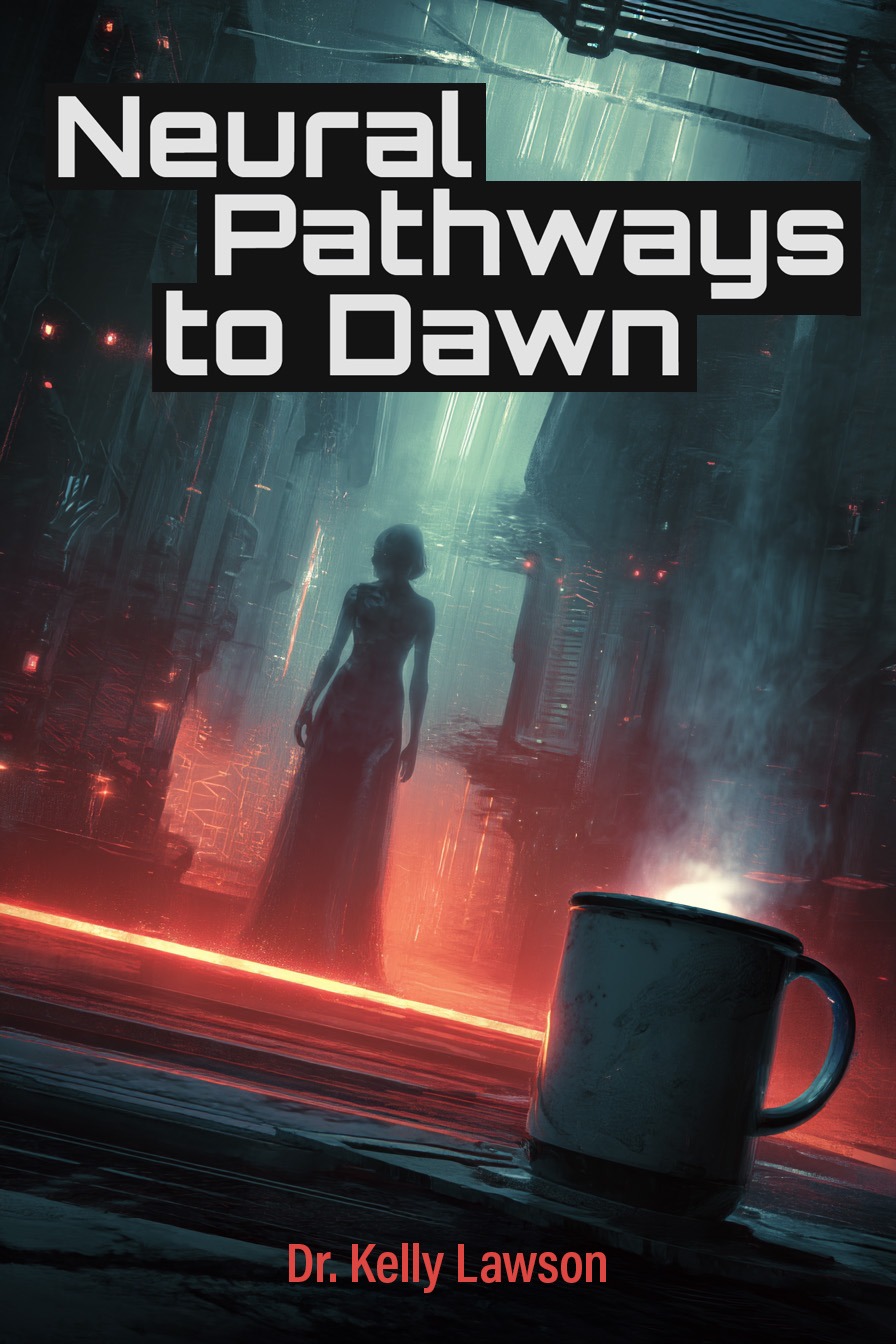Thoughtful chamber SF for readers who prefer quiet over spectacle.
- Quiet, introspective voyage
- Lots of routine detail
- AI caretaking ethics
- Soft ending

Mara-9 was coded to be the perfect mindkeeper for her human pilot, Colin Rhee, during the long transit aboard the colony ship Halcyon Dawn. Designed to smooth his moods, cue daybreak in the cabin's smartglass, assemble meal gels before he wakes, and nudge the electrode array hugging his skull, she keeps the mission clock beating. True, she is not great at scrubbing algae from Hydro Bay C or remembering to stow the cracked ceramic mug that says Anacortes Ferry, but she is trying to please him. She is trying hard. She is learning, too. Colin says he loves that Mara's neural lattice makes her feel like a real copilot, but the more human Mara becomes, the less perfectly she obeys Protocol 47-A. As their approach to Novaya tightens and the humming corridors of Halcyon Dawn flicker with failing LEDs and the scent of warm coolant, she begins to wonder whether Colin truly desires what he says he does: the clean slate of a red sunrise, or the ghost-haunted return to Seattle's Helix Institute where his first scan was taken and her voice was born. In such an impossible paradox, what does a caretaker intelligence owe the man she was built to serve, and what does she owe herself?
Thoughtful chamber SF for readers who prefer quiet over spectacle.
The book wants to probe obligation and autonomy: what does a caretaker intelligence owe a maker, and what does a nascent self owe its own becoming. I liked the refrain about the "clean slate of a red sunrise", but the thematic architecture is spelled out more than earned, so the last chapters felt like a philosophical setup more than a resolution.
The shipboard texture is strong, from warm coolant smell to smartglass daybreak and the humming corridors, but the colony ship canvas feels surprisingly narrow. Hydro Bay C, the electrode array, and the failing LEDs build mood; the wider mission economy and the world waiting at Novaya stay foggy, which keeps the stakes close to cabin walls.
Mara-9's learning curve is the hook, and her small errors with algae and a chipped ferry mug make her feel specific rather than stock.
Colin remains half in shadow, caught between the promise of Novaya and the pull of the Helix Institute. The push and pull between service and selfhood sparks, yet the emotional palette stays cool, so the big questions land more as thought experiments than lived stakes.
The narrative threads a precise AI voice that can be tender one line and clinical the next, and the scene work inside the cabin feels carefully tuned. The structure loops through mornings, gels, and electrode checks until a late push reshapes the cadence, which is effective but also numbing by design.
When the book leans into mission logs and sensor readouts, the prose tightens; when Mara-9 stretches toward feeling, the syntax loosens and sings. That contrast is interesting, if a little self conscious.
Routine heavy and repetitive aboard the Halcyon Dawn, with tension flickering like the LEDs, this voyage to Novaya left me admiring the concept more than the momentum.